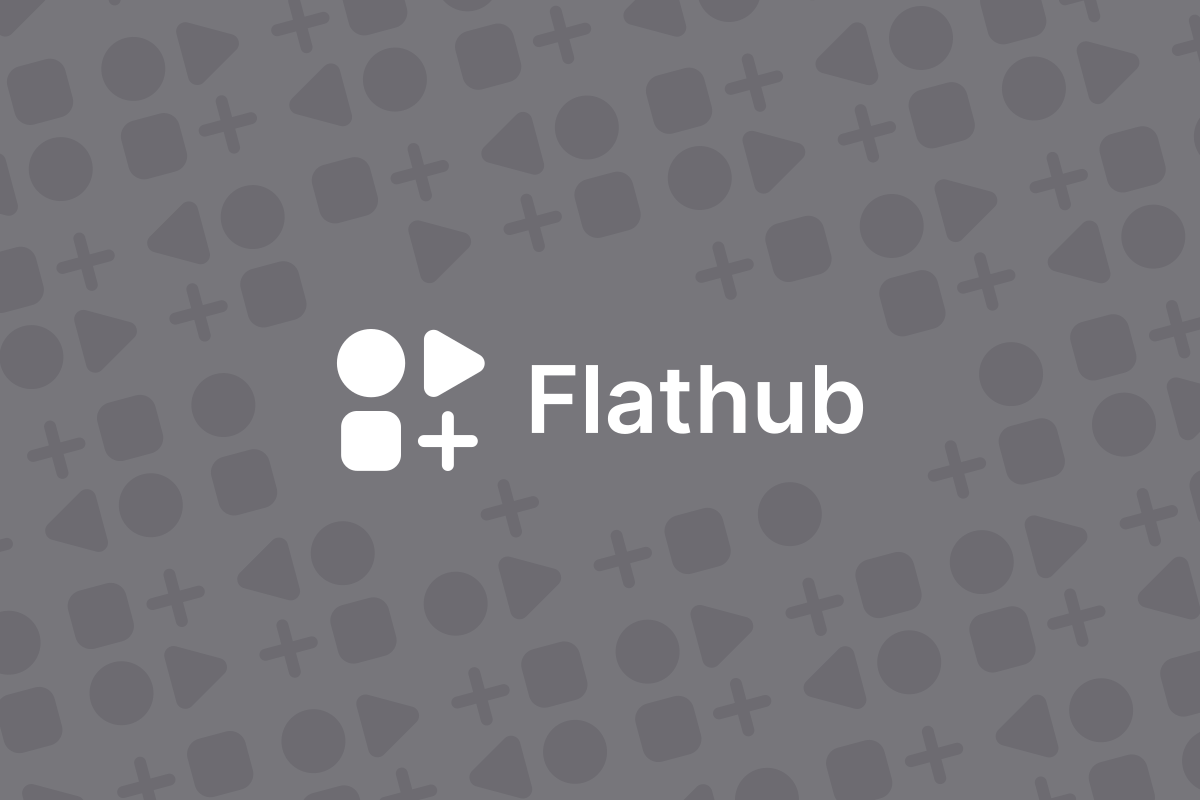How does it stack up against traditional package management and others like AUR and Nix?
I love flatpak. It makes it easier for Linux to become mainstream.
While I don’t think flatpak shouldn’t replace traditional packages, I still like it.
Flatpak apps just work most of the time, they work without issues and are often very up to date. The sandboxing does have benefits because no apps interfere with it, the problem is that it doesn’t work super well with other apps, sometimes the theming is off, and it doesn’t work well with other apps, installing apps takes much longer, and it isn’t as easily started from the command line.
Edit: typo
I use them for some things and I think they are fine. Mostly apps that are kinda messy and I want to keep them and their atrocious dependency tree away from my base system. I also like to use them for proprietary apps or apps where I actually want to use the sandbox. Other than that I prefer native packages 99% of the time.
Flatpak is slower to update than pacman, the cli interface just doesn’t feel good to use. There is the weird naming, no real way to get a dependency tree, can’t hide those annoying eol messages even for apps that I specifically don’t want to update. Another thing is that not every app was made to run in a sandbox or it is just more difficult to use sometimes. A lot of people tend to cite ide’s, but in my case I was having issues with the steam flatpak. Running games with steam was fine, but anytime I wanted to hook up something third party eg: mods, cheat engine, etc. Doing so in the flatpak either required some tinkering around the sandbox or straight up didn’t work.
I feel like that last sentence sums up the whole experience. If you just need to point and click and have it work. Flatpak does that amazingly. If you need any kind of integration with other things, expect problems.
Edit: just wanted to add that, the whole point and click and work is fine for 99% of people which is why I and many others choose to use it.
Yeah, I also had apps like Steam native break once or twice due to library updates (such as Mesa) - the downside to rolling distros. However, the Flatpak version continued to work so now I only use that. I don’t use mods though.
I’m now gravitating towards treating my rolling distro a bit like an immutable; more Flatpaks, avoid user repositories.
I definitely prefer it over Snaps or appimages. Straight-forward to update, and Flatseal provides a nice GUI to control permissions (if needed). Themes may not work properly, but whatever, not a big deal for me.
The distro’s repo is always my go-to. If it’s not available there, then flatpak, and I’ll use appimage under duress. If that doesn’t work, I’ll figure out a different solution.
Yeah I’m not a huge fan of Appimages because I don’t like that to update it you usually have to go find and download the file again, instead of just getting it from a repository. They feel too Windows-y to me in that way.
👍
As a non-technical user: fucking love it.
As a semi-technical user: I also fucking love it. It gets out of the way so I can focus my time on my work and not OS maintenance.
Some of the under-the-hood implementation of Flatpak irritates me, like why the hell are we installing software in /var? Using it with the terminal is a pain because of the org.something.SomeThing shit it does, and I think Flatpak gives you all the drawbacks of app sandboxing with none of the benefits. It likes to not see the whole file structure; for instance I found the Flatpak version of Steam to be unusable because it wouldn’t see anywhere I wanted to put my games library. That needs to be fixed.
That said, I think it’s the better of the three all-distro package managers, it’s got a central repository and package manager unlike Appimage so it’s a place to publish and get stuff, and it’s not tied to Canonical so it’s obviously better than Snap.
It likes to not see the whole file structure; for instance I found the Flatpak version of Steam to be unusable because it wouldn’t see anywhere I wanted to put my games library. That needs to be fixed.
That has been fixed with the introduction of Portals: https://docs.flatpak.org/en/latest/portal-api-reference.html
As a guix/nix user
Please, no more copies of the same dependencies 10 times over. My hard drive is tired.
Lol this ^
I personally prefer to use Flatpaks over traditional packages because of the added security, sandboxing, and overall convenience of not having to deal with dependency hell. It’s especially nice being able to have proprietary applications sandboxed from the rest of my system without worrying that Steam is snooping on my ‘super-important-tax-documents’.
Flatpaks are also very useful for having up-to-date packages on distros like Debian, and it’s derivatives. People can still use their preferred distro without having to worry about not getting a certain update, feature, bug fix, etc, for their applications.
Being able to restrict what applications have access to is a game-changer for me. A lot of times Flatpaks, by default, have very lenient permissions, and with the use of Flatseal I can restrict it to my liking. Worried about Audacity’s telemetry?? Turn network permissions off. Now, not all applications will work well (or at all) without internet connectivity, but for applications like Audacity, it works great!! Flatpaks can also be very useful for developers.
That’s not to say that Flatpaks are without their fair share of issues. Are they bloated?? Yeah, and although it’s not an issue for me, it may be for some people. Desktop integration is, meh. Themes, and fonts don’t always integrate the best. (A while back there were issues with Flatpak’s sandbox, but I won’t touch on that because I need to refresh my mind on it, and it was actively being developed to fix those issues so it possibly isn’t even an issue anymore.)
Overall I think Flatpaks are absolutely wonderful.
People need to realize that before Flatpak, distributing a small-time Linux app was a nightmare. Appimages were your best option if you wanted to avoid distro specific builds, PPAs and AUR, etc. Ever since packaging 2009scape on Flathub I haven’t looked back. It auto updates. People can find it from software centers. It works on all distros. It connects straight to upstream’s CICD. It even forced us to adopt XDG compliance so we could sandbox it better.
Yes, Flatpak has downsides like the download size (on disk it doesn’t matter because it gets compressed and the runtimes are shared, same as literally any other package manager). But overall, I hugely welcome it over the options we had before. Much love to the Flatpak and Flathub devs!
I really like the idea of a universal app format and flatpak seems the best for it. And flathub has been great as a repo.
The idea of separate system layer (with traditional packages) and user app layer with flatpaks seems like the way to go. Perhaps even immutable system layer.
I click install, app launches and I don’t need to deal with dependency hell for it. (I like them)
I prefer Flatpaks because it’s a nice easy way of getting software without the chance of broken or missing dependencies for a program.
Much better than Snaps, snaps is flatpaks but MUCH worse and slower.
I personally think it is trash…
Haven’t had issues, elementary uses them for system apps











